If you want a 4CH VR-to-TTL board for your VEMS, let me know. PCB orders have a minimum quantity of 5 anyway...
The PD injection setup is interesting. Definitely a half-way point between the remote mechanical pump and current common-rail. Lord knows that the unit injectors are expensive as hell (although the CR injectors are even worse), and part of me wants to sell the TDI now while it is running well still. Replacing all of them would cost me almost as much as the car itself did. If I do go with another TDI, it will probably be a "dieselgate" CR one. A friend got a crazy good deal on a 2016 Passat 6MT that he bought in Utah and drove back to CA. It routinely gets 45 MPG, which is impressive given its size and weight.
The PD injection setup is interesting. Definitely a half-way point between the remote mechanical pump and current common-rail. Lord knows that the unit injectors are expensive as hell (although the CR injectors are even worse), and part of me wants to sell the TDI now while it is running well still. Replacing all of them would cost me almost as much as the car itself did. If I do go with another TDI, it will probably be a "dieselgate" CR one. A friend got a crazy good deal on a 2016 Passat 6MT that he bought in Utah and drove back to CA. It routinely gets 45 MPG, which is impressive given its size and weight.

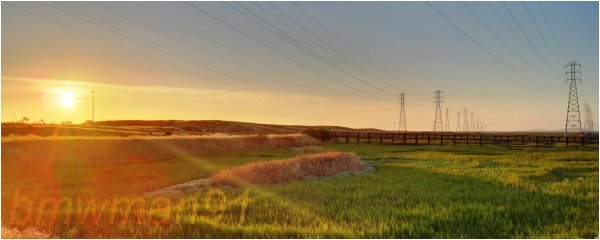

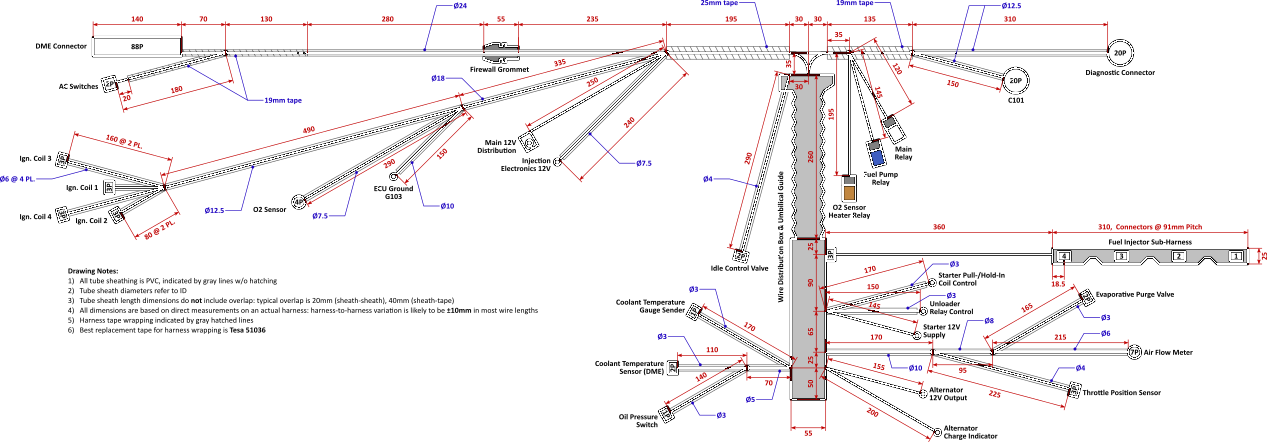
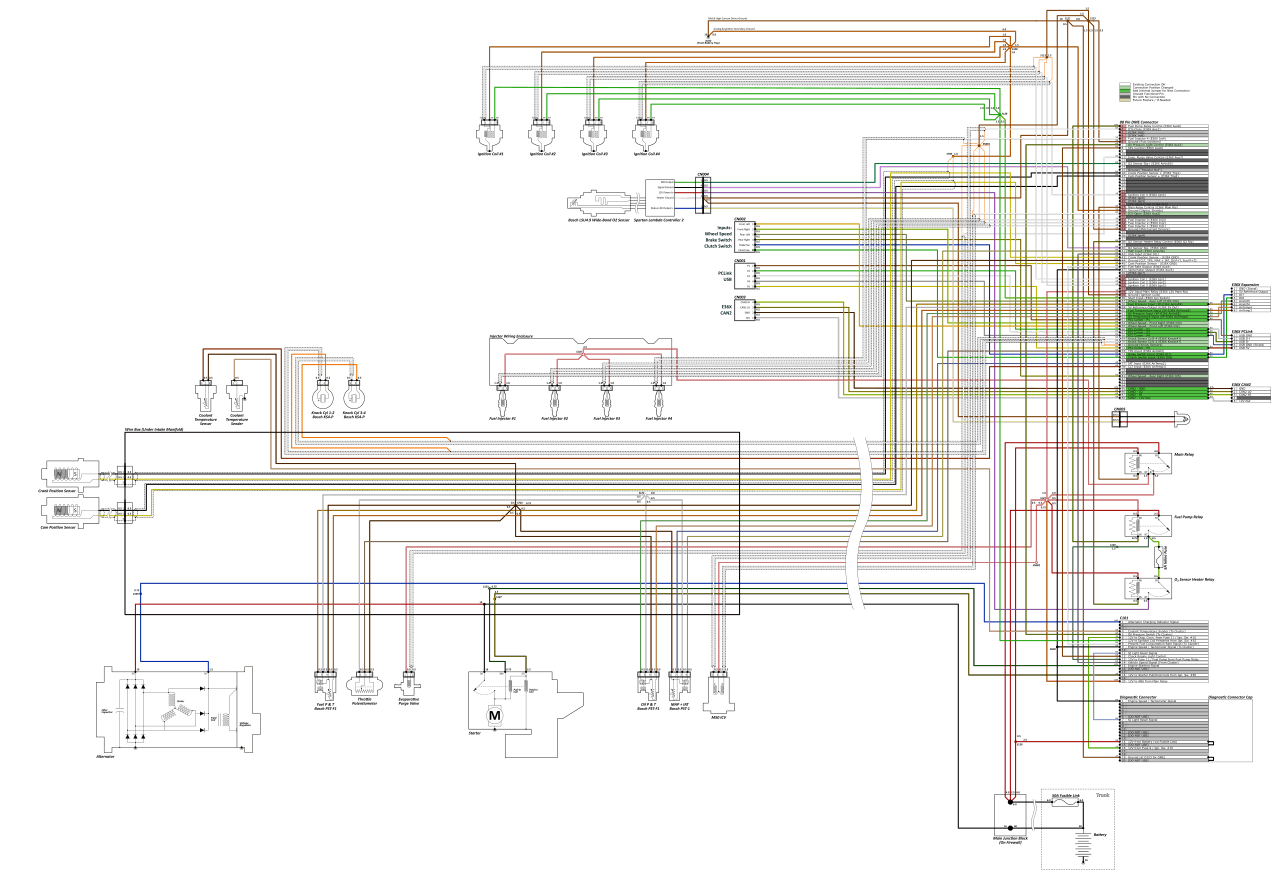
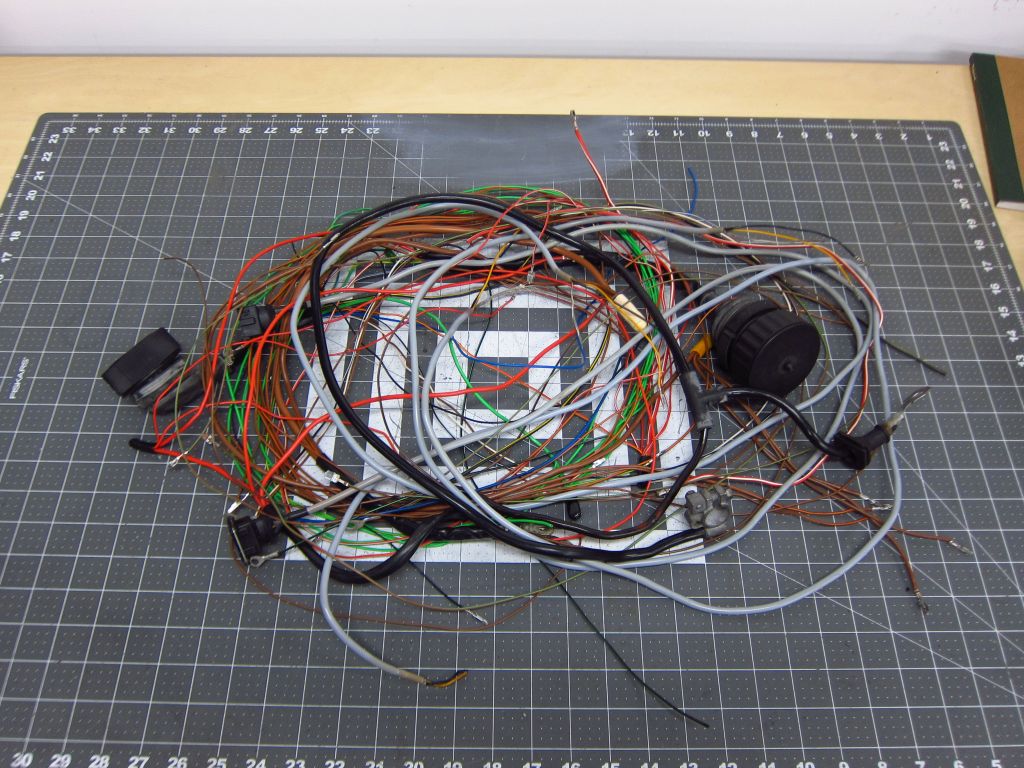
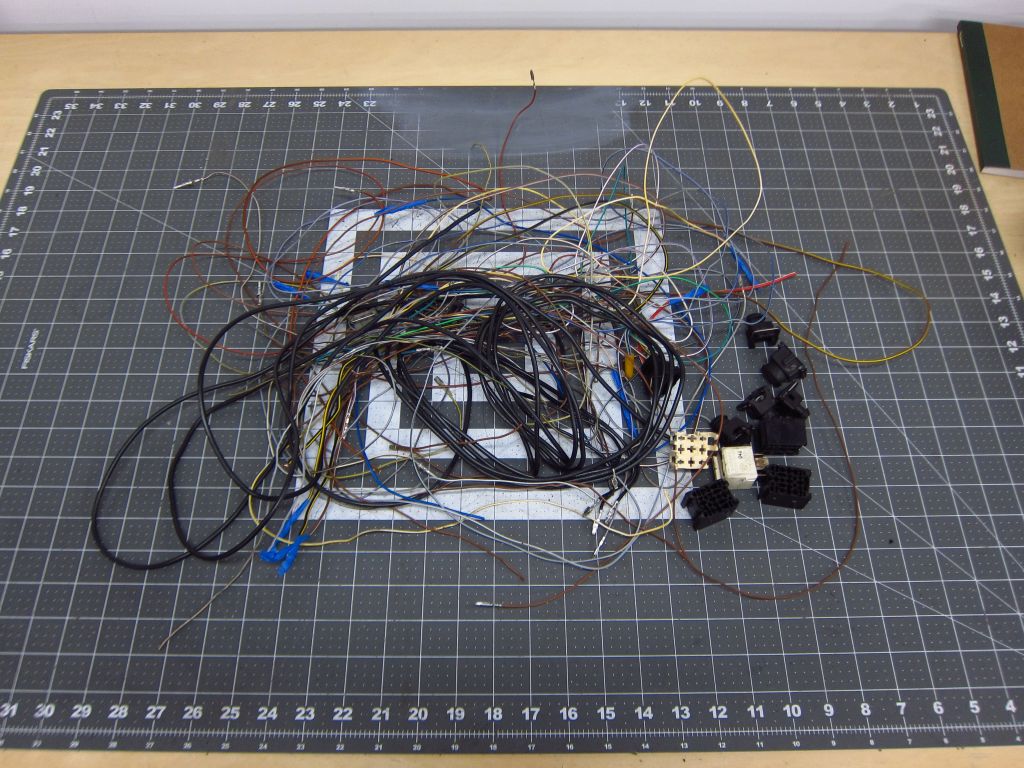
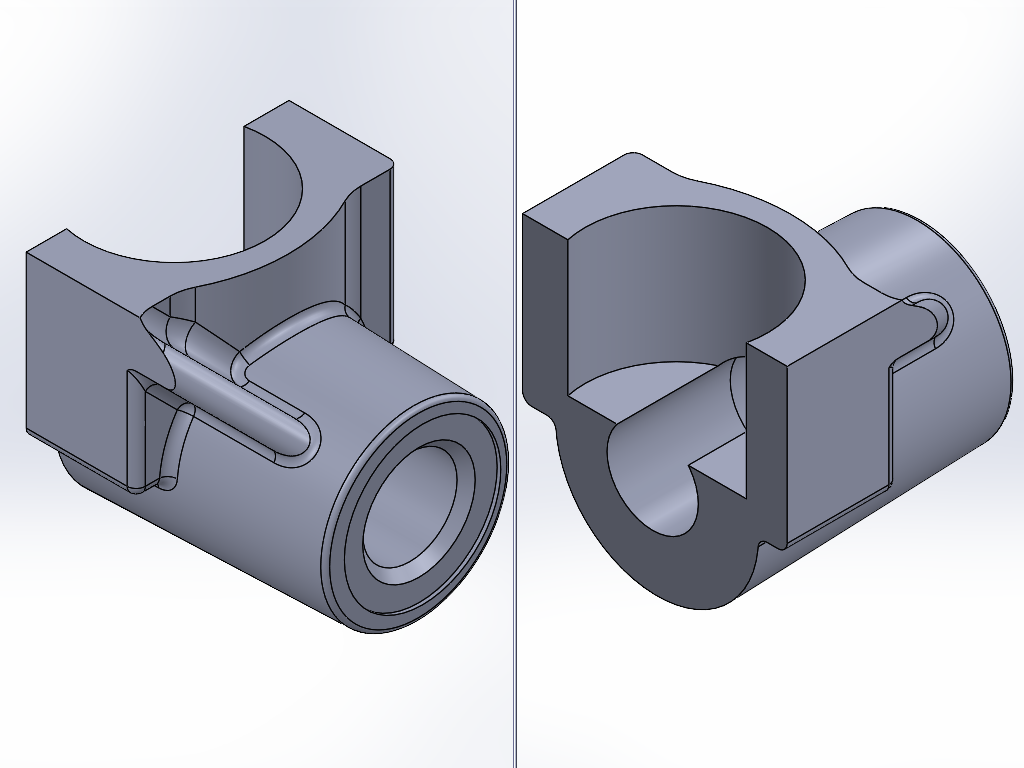
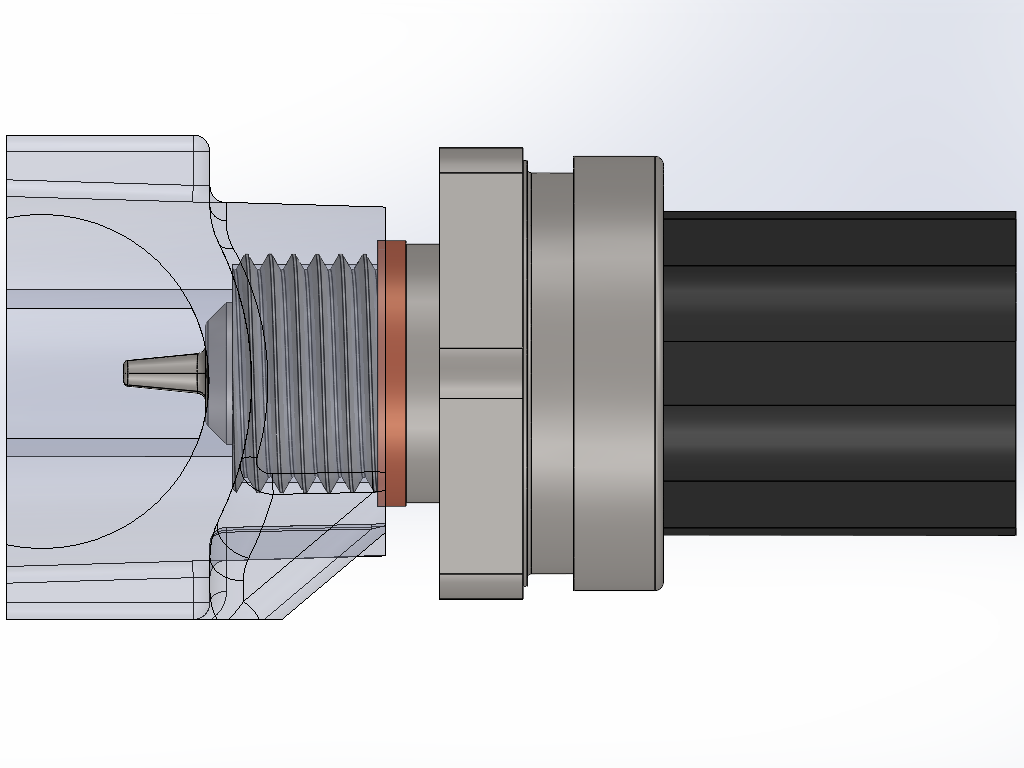
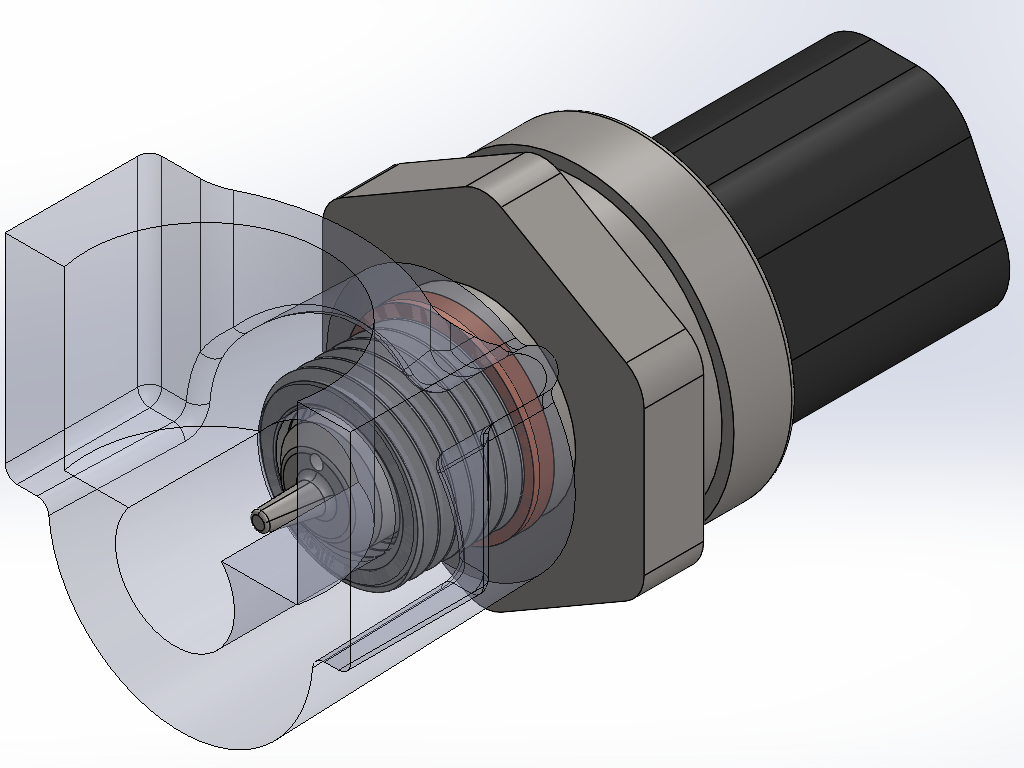
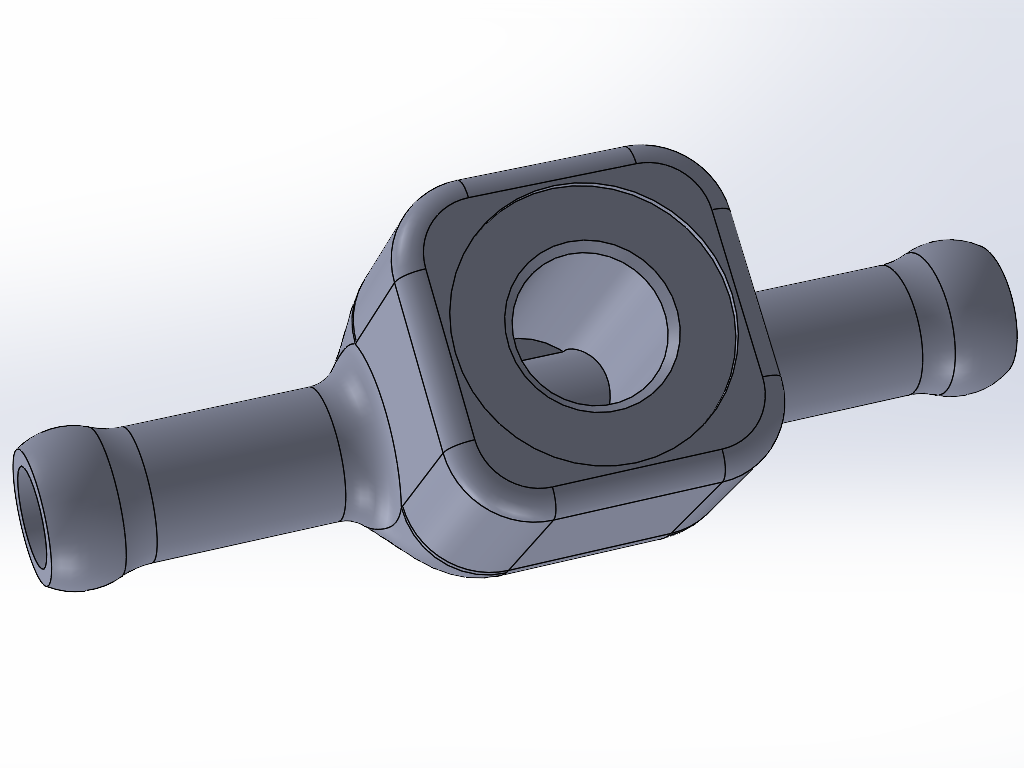
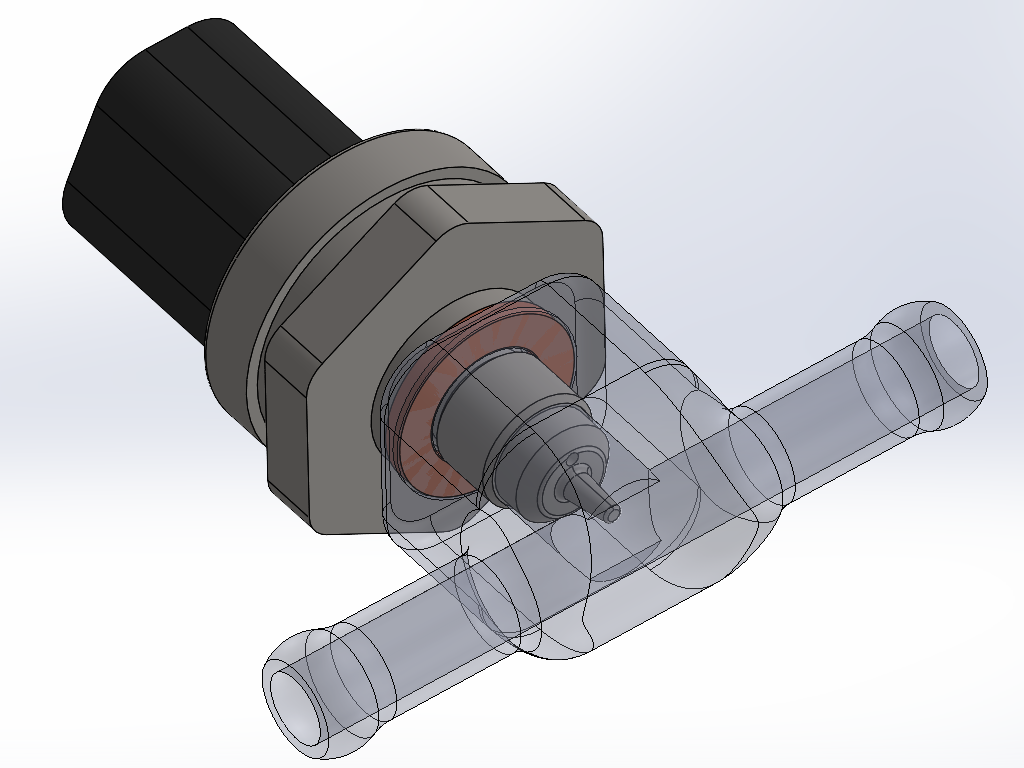
Comment